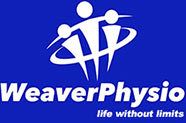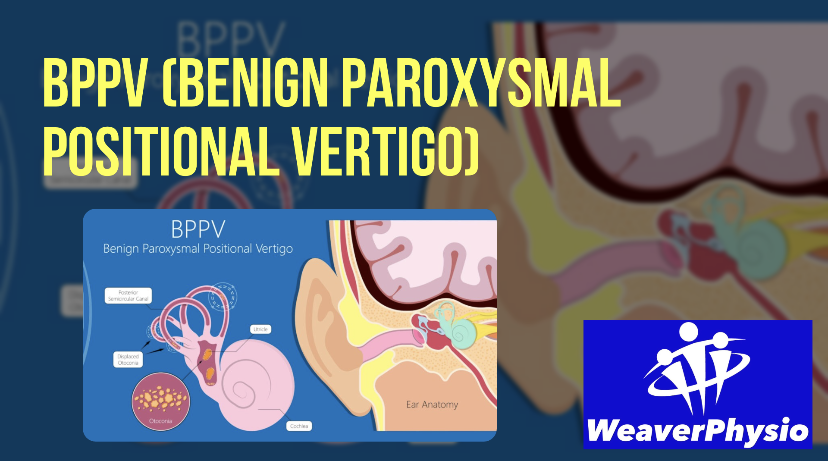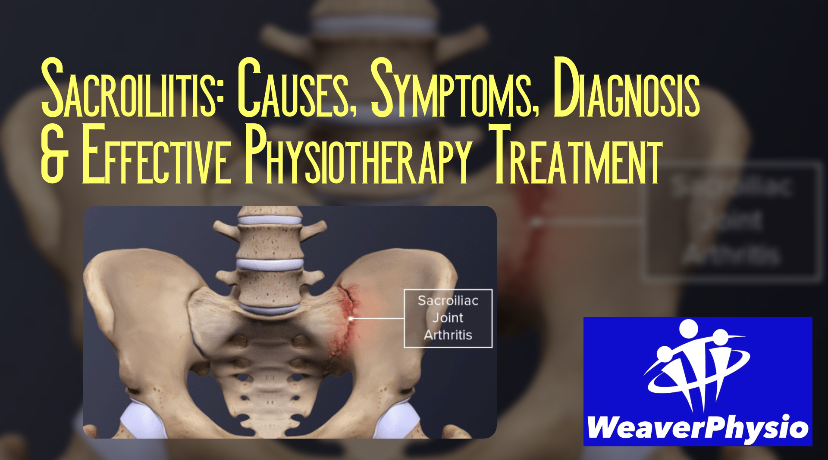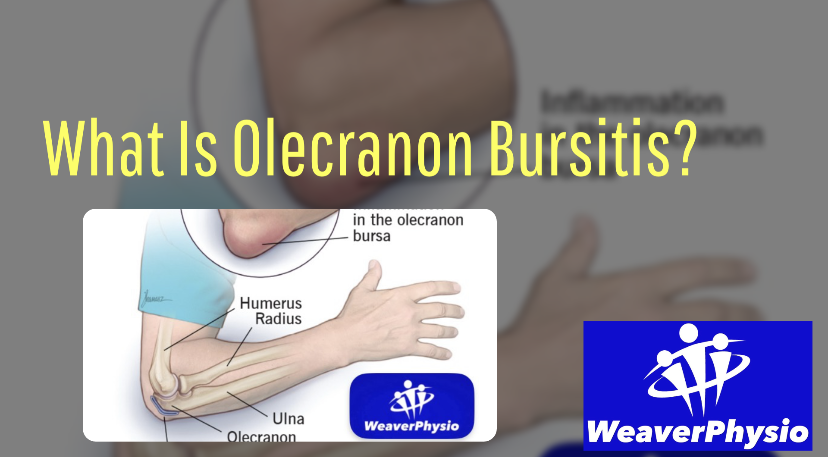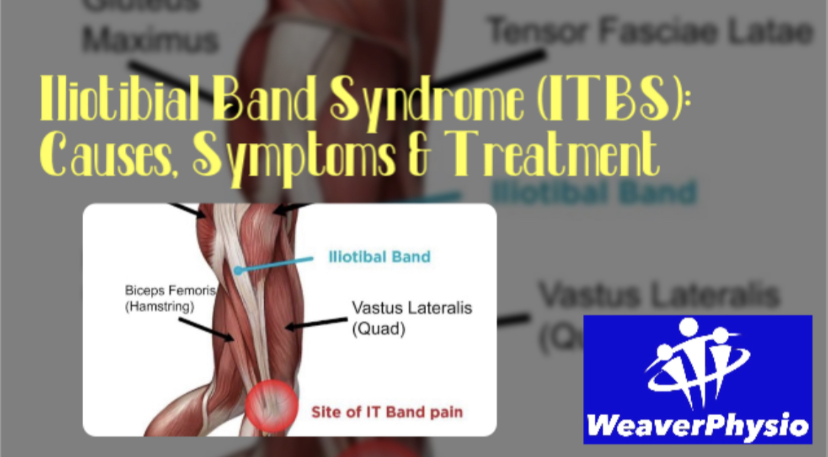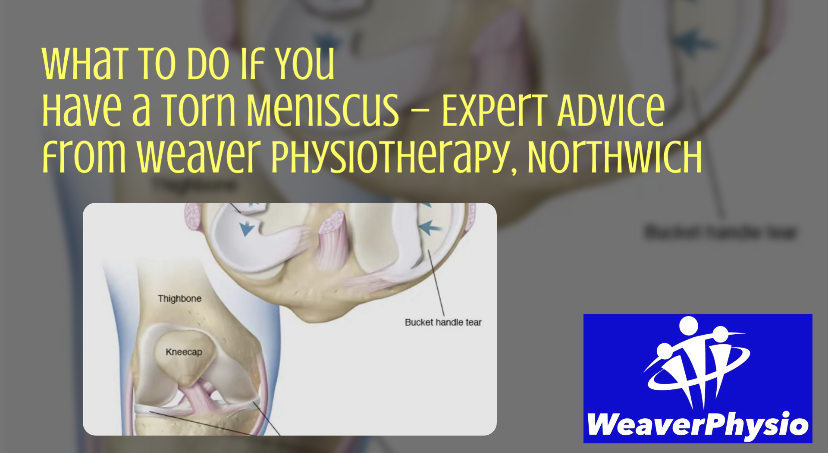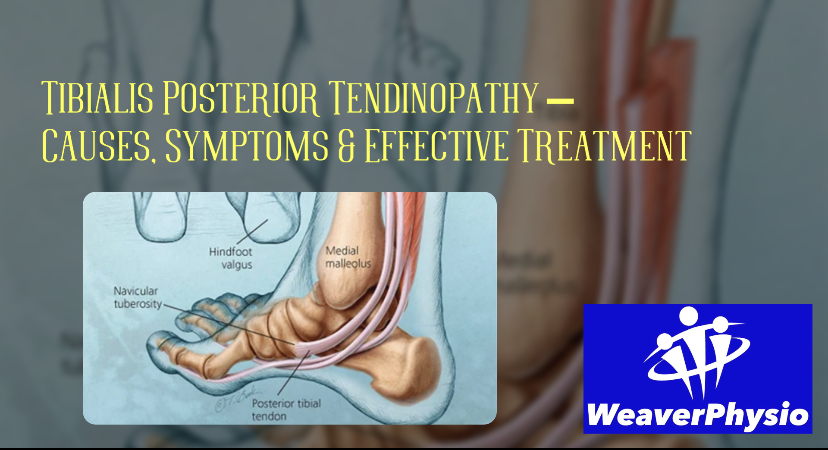Pain free performance
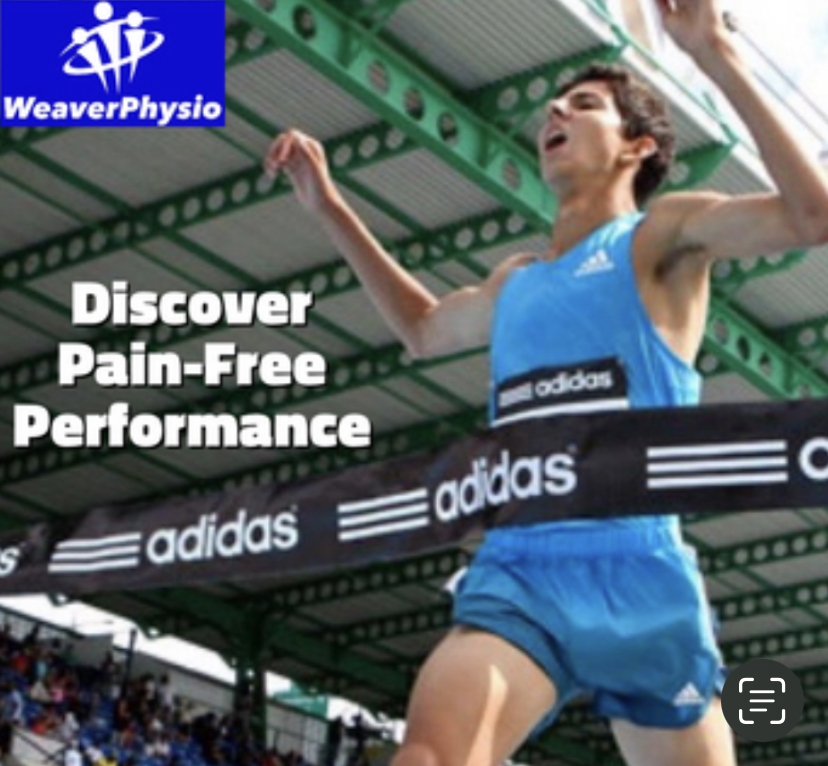
Discovering Pain-Free Performance: Move Better, Feel Stronger, Live Fully
By Weaver Physio
Imagine waking up without stiffness. Training without worrying about injury. Moving freely, confidently, and without pain. That’s what we mean when we talk about pain-free performance—and at Weaver Physio, it’s at the heart of everything we do.
Whether you’re an athlete chasing peak performance, a parent trying to keep up with the kids, or someone just tired of living with aches and discomfort, pain-free movement isn’t just a dream—it’s absolutely achievable. In this blog, we’ll explore what pain-free performance really means, why pain happens in the first place, and how physiotherapy can help you unlock a stronger, more capable version of yourself.
⸻
What Is Pain-Free Performance?
Pain-free performance is the ability to move, train, and live your life without being limited by discomfort or dysfunction. It’s about more than just injury prevention—it’s about creating a strong, resilient, well-balanced body that can handle the demands of your daily life or sport.
It doesn’t matter whether you’re lifting weights, playing sports, gardening, or chasing after toddlers. Pain-free performance applies to everyone. It’s about:
• Moving efficiently and safely
• Reducing the risk of injury
• Managing or eliminating pain
• Optimising your body’s strength and mobility
• Building long-term resilience
It’s not about pushing through pain. It’s about working with your body, not against it.
⸻
Why Do We Experience Pain?
Pain is the body’s alarm system. It tells us something isn’t right—whether it’s an injury, poor posture, muscle imbalance, or simply overuse.
Some of the most common causes of pain we see at Weaver Physio include:
• Repetitive strain from daily activities or poor ergonomics
• Muscle imbalances and weaknesses that create joint stress
• Poor movement patterns during exercise or sports
• Previous injuries that were never properly rehabbed
• Postural problems from sedentary lifestyles
• Stress and tension, which can affect the body physically
Often, these issues build up over time until something gives—leading to pain, injury, and frustration. But the good news? These problems are fixable.
⸻
The Physiotherapy Approach to Pain-Free Living
Physiotherapy is more than just treating injuries—it’s about restoring optimal function, improving performance, and helping you live your life without limits.
At Weaver Physio, we take a whole-body approach. We don’t just treat the symptom—we find and fix the root cause. This might involve a combination of:
1. Thorough Assessment
We start by understanding your pain, your lifestyle, and your goals. We assess how you move, test strength and flexibility, and identify movement faults or imbalances. This gives us a complete picture of what’s going on in your body.
2. Hands-On Treatment
Manual therapy, soft tissue release, joint mobilisations, dry needling, and other hands-on techniques are used to reduce pain, improve mobility, and kickstart recovery.
3. Movement Re-Training
You’ll relearn how to move well—whether that’s squatting, lifting, running, or simply standing up from a chair. We break down faulty movement patterns and rebuild them in a safe, efficient way.
4. Strength and Mobility Programming
Weak or stiff muscles are often at the root of pain and injury. We’ll design a personalised exercise program to target these areas, helping you move with control and confidence.
5. Performance Progression
Once pain is under control, we help you build beyond the basics—whether that means returning to sport, lifting heavier, running further, or simply feeling more capable in everyday life.
⸻
Common Areas of Pain and How We Help
Here are a few examples of how we help clients find pain-free performance:
Back Pain
Whether it’s caused by poor posture, weak core muscles, or prolonged sitting, back pain can be debilitating. We address the root causes with core strengthening, mobility work, and postural correction—giving you long-term relief.
Knee and Hip Pain
These joints often take the brunt of poor movement patterns. We focus on glute and quad strength, joint alignment, and improving movement control to reduce load on these areas and prevent future issues.
Shoulder Pain
From rotator cuff issues to impingement, shoulder problems are often linked to poor posture or weak upper body muscles. We restore balance to your shoulders and upper back, allowing for smooth, pain-free movement.
Running and Sports Injuries
For athletes, pain can mean time off the field or track. Our goal is not just to get you back—but to get you back better. We use gait analysis, sports-specific rehab, and progressive loading to ensure safe return and improved performance.
⸻
The Mind-Body Connection
It’s important to understand that pain isn’t just physical—it’s also influenced by your mindset, stress levels, and emotional state. Chronic stress, poor sleep, and anxiety can heighten pain sensitivity and slow healing.
That’s why at Weaver Physio, we take a holistic approach. We’ll talk with you about your daily habits, recovery strategies, and mental well-being to ensure your body and mind are working together—not in conflict.
⸻
Empowering You to Take Control
One of the most powerful aspects of physiotherapy is education. We don’t just treat you—we teach you how to manage your body. You’ll learn:
• Why your pain started in the first place
• How to prevent it from coming back
• What movements and exercises are best for you
• How to build sustainable strength and resilience
This empowers you to take ownership of your health and performance—giving you confidence that lasts far beyond the clinic.
⸻
You Don’t Have to Settle for “Just Managing”
Too often, we hear people say things like:
“I guess this is just part of getting older.”
“I’ve had this pain for years, it’s just something I live with.”
“I thought I’d have to stop doing what I love.”
We’re here to tell you—you don’t have to settle.
Pain may be common, but it’s not normal. And it’s not something you have to live with.
⸻
Ready to Discover Pain-Free Performance?
At Weaver Physio, we’re passionate about helping you move better, feel stronger, and live your life without limits. Whether you’re recovering from an injury or just want to perform at your best without pain, we’re here to guide you every step of the way.
Pain-free performance isn’t just for athletes—it’s for everyone. And it starts with taking that first step.
⸻
Book your assessment with Weaver Physio today, and let’s help you unlock a life of confident, pain-free movement.
⸻
Weaver Physio – Helping you move with freedom, live with strength, and perform without pain.

